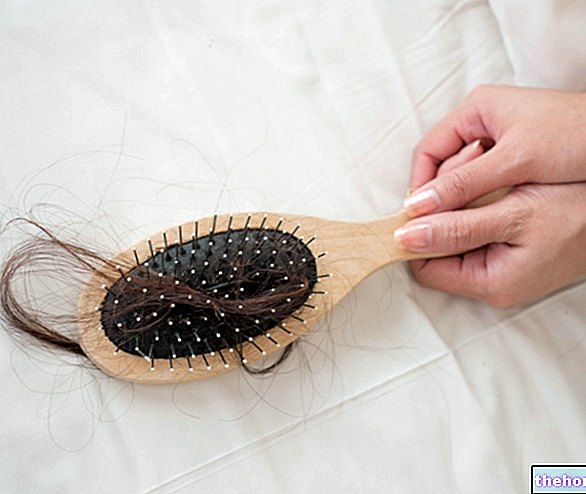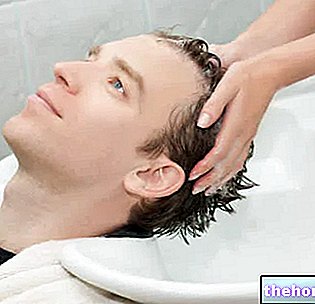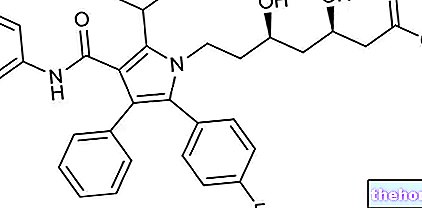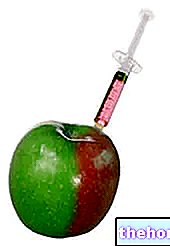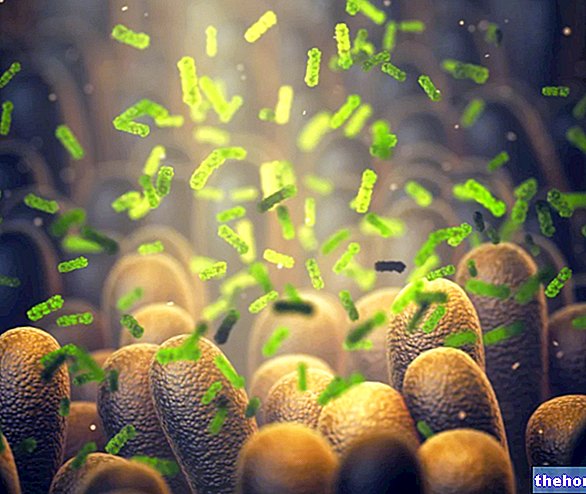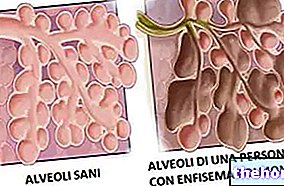Generality
The number of hairs on the head varies greatly from person to person, influenced by many factors, such as age, sex, genetics, eating habits, lifestyle and general health.

However, it is estimated that on average there are about 100,000 hairs on the head of each individual. In truth, the number of hairs on a person's head is influenced by the color of the hair. In fact, it has been estimated that:
- Individuals with blond hair own about 140,000;
- Individuals with red hair have about 80,000;
- Individuals with brown or dark hair have around 100,000 of them.
Furthermore, the color of the hair also seems to be related to the thickness of the same. In fact, in general, blonde hair tends to be thinner than brown or black.
Of all this hair on our head, about 90% is in a growth phase. During this period the hair lengthens by an average of 1-1.5 cm per month.
Data in hand, therefore, we can indulge ourselves in a curious mathematical calculation: every year the hair follicles of a person produce, in total, something like 15 kilometers of hair.
Hair Growth
In the life cycle of a hair, the growth phase (anagen) normally lasts from 2 to 6 years, followed by a transition period (catagen) in which the hair stops growing and the follicle rises towards the skin surface. This phase, lasting 3-4 weeks, precedes a last period of rest (telogen) of about three months, at the end of which the follicle is reactivated producing a new hair that causes the old one to fall out.
As we age, the duration of the anagen phase is reduced; consequently, hair growth slows down.
Hair loss
Normally, a loss of 40-100 hairs per day is considered normal and completely physiological. However, when this number increases, it is time to worry and seek the advice of your doctor (to learn more: How Many Hairs Fall in a Day?).
Excluding the external factors that can favor hair loss, one of the main causes responsible for this phenomenon is certainly the well-known and widespread androgenetic alopecia.
In the wake of the widespread incidence of this form of alopecia - which affects about 80% of men and 50% of women over the course of life - the follicles in the telogen phase become, in proportion, more numerous. In the final stage of this process, the hair becomes very similar to that of the newborn: short, thin, almost transparent. The hair, therefore, does not fall out, but becomes so thin and short as to be imperceptible. Furthermore, androgenetic alopecia considerably decreases the number of terminal hairs in the frontal area and in that of the vertex, while sparing the follicles present in the region of the temples and nape, giving the head the classic "crown" appearance.



